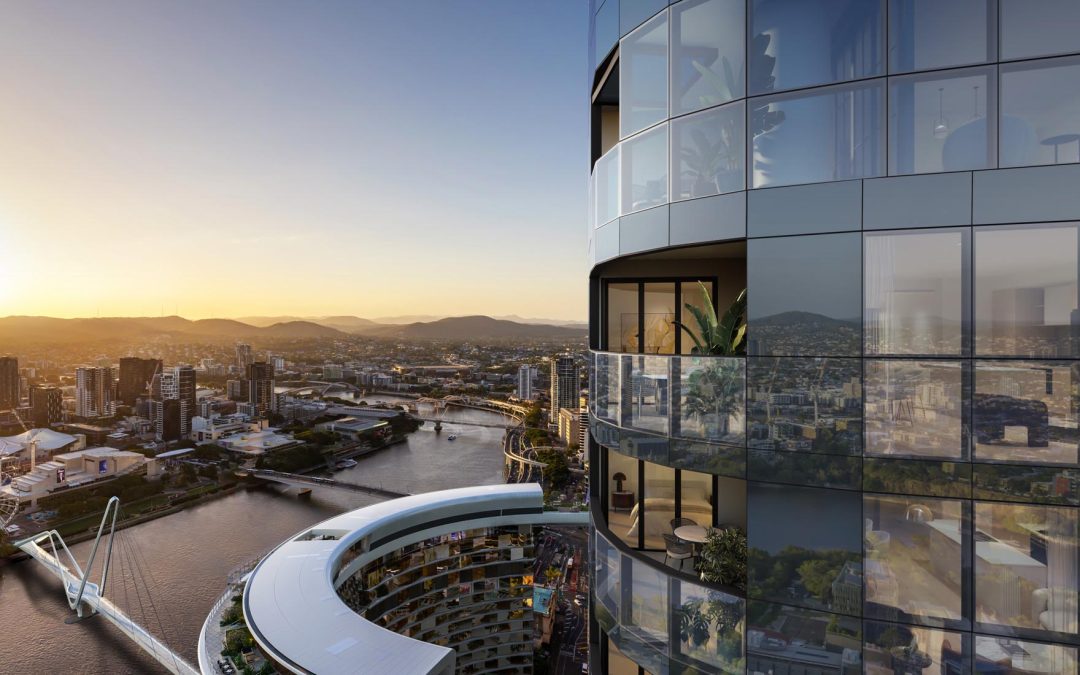In today’s digital age, the real estate industry is rapidly evolving, leveraging advanced technology to enhance the marketing and selling process. One of the most impactful innovations is the use of virtual tours. These immersive and interactive experiences offer a myriad of benefits for promoting and showcasing real estate developments, such as the ambitious Queen’s Wharf project in Brisbane. Let’s explore the advantages of virtual tours and effective strategies for creating and implementing them.
Benefits of Using Virtual Tours for Real Estate Developments
- Enhanced Accessibility and Convenience Virtual tours provide potential buyers, investors and visitors with the convenience of exploring properties from the comfort of their homes. This accessibility is crucial, especially for international clients who may not be able to visit in person. By offering 24/7 access, virtual tours make it easier for prospects to view developments at their own pace and schedule.
- Greater Engagement and Interest High-quality virtual tours are interactive and engaging, allowing viewers to navigate through properties as if they were physically present. This immersive experience can significantly increase interest and keep potential buyers engaged longer compared to traditional photos or videos.
- Detailed and Accurate Representation Virtual tours offer a detailed and accurate representation of the property, including its layout, size, and features. This transparency helps build trust with potential buyers, as they can explore every corner of the development and get a realistic sense of the space.
- Cost-Effective Marketing Creating virtual tours can be more cost-effective in the long run compared to organizing frequent open houses or physical tours. Once created, virtual tours can be used indefinitely, saving time and resources while reaching a broader audience.
- Enhanced Marketing Reach Virtual tours can be easily shared across various digital platforms, including websites, social media, and email campaigns. This widespread distribution helps attract a larger audience and enhances the marketing reach of the property development.
- Better Decision Making By providing a comprehensive view of the property, virtual tours enable potential buyers to make informed decisions. They can visualize living in the space, assess the property’s suitability, and feel more confident in their purchasing decision.
Strategies for Creating and Implementing Virtual Tours

- High-Quality Visuals and Technology Invest in high-quality visuals and the latest technology to create stunning virtual tours. Use 360-degree cameras, drones, and advanced software to capture every detail of the property. The better the quality, the more immersive the experience will be for the viewer.
- Interactive Features Incorporate interactive features such as clickable hotspots, informational tags, and guided tours. These elements can provide additional details about specific areas of the property, enhancing the viewer’s understanding and engagement.
- Professional Presentation Ensure that the property is professionally staged and well-lit during the virtual tour creation. A clean, well-organized space will look more appealing and professional, attracting more potential buyers.
- Mobile Optimisation Optimise virtual tours for mobile devices to ensure a seamless viewing experience across all platforms. With many users accessing content via smartphones and tablets, mobile compatibility is essential.
- Virtual Reality (VR) Integration For an even more immersive experience, consider integrating virtual reality (VR) technology. VR tours can provide a sense of presence and realism that traditional virtual tours cannot match, giving potential buyers an unparalleled experience.
- Promotional Strategies Promote virtual tours through various channels, including social media, email newsletters, and real estate listing sites. Use engaging teasers and highlights to draw attention and encourage potential buyers to take the full tour.
- Analytics and Feedback Utilise analytics tools to track viewer engagement and gather feedback. Understanding how users interact with the virtual tour can provide valuable insights for future improvements and marketing strategies.
Conclusion
Virtual tours are revolutionising the way real estate developments are showcased and promoted. By offering an immersive, detailed, and convenient way to explore properties, they enhance the marketing reach, engage potential buyers, and facilitate informed decision-making. Implementing high-quality virtual tours with interactive features and effective promotional strategies can significantly boost the appeal and success of real estate projects like Queen’s Wharf Brisbane.

